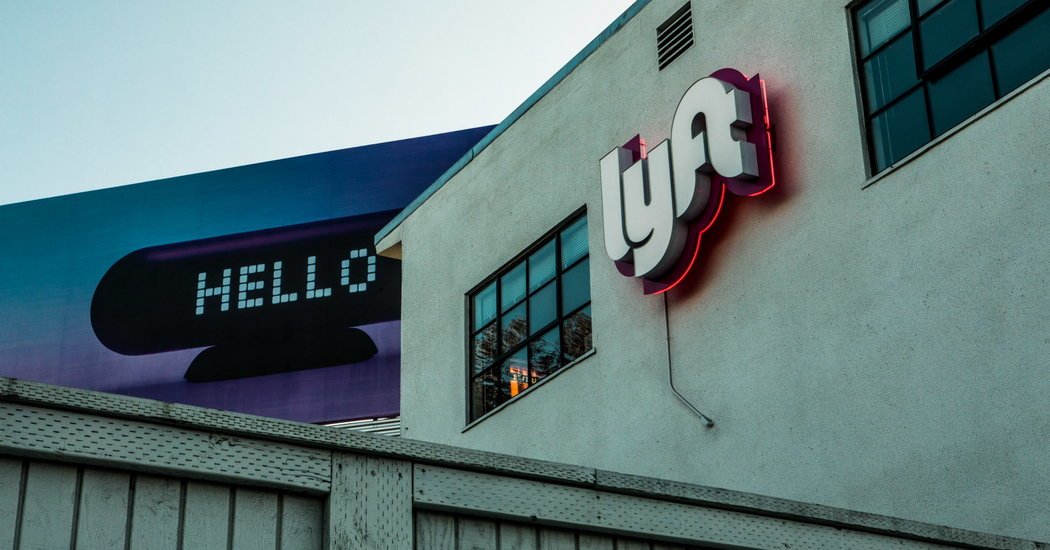Uber, Lyft’s main rival, has been developing self-driving technology mostly on its own. Waymo, a Lyft partner, is slowly introducing its own ride-hailing service using autonomous Chrysler Pacifica minivans equipped with Waymo’s own hardware and software.
The hype over self-driving cars has made development of the technology challenging for some traditional automakers. Car companies face huge salaries for top artificial intelligence engineers and limited access to data and key components. The competitive landscape is so charged that it has already given birth to at least one high-profile lawsuit.
As a result, automakers are confronting a choice: Pay big for a technology start-up or risk falling behind. Last year, Ford announced it would invest $1 billion in Argo AI, an artificial intelligence start-up focused on developing autonomous vehicle technology. GM acquired Cruise for an estimated $1 billion in cash, stock and incentive packages in 2016, the same year it invested $500 million in Lyft.
Credit
Kien Hong Le/Bloomberg
After lagging behind Uber, Lyft has recently made a concerted push into self-driving cars. The company opened a research facility in Palo Alto, Calif., and has aggressively recruited engineers.
It also has a major asset for self-driving technology — a ride-hailing network picking up and dropping off passengers 10 million times a week. This provides Lyft with a customer base to introduce and test the vehicles and a way to collect information that can be used to “train” autonomous cars.
But Raj Kapoor, Lyft’s chief strategy officer, said it would be a few years before truly autonomous vehicles were ready for the road.
“I believe this relationship will get us there faster,” Mr. Kapoor said.
Magna, a Canadian auto parts maker, already supplies a wide range of driver-assist technology to its customers, including a system for staying in lanes, automatic emergency braking and rearview cameras. It also builds entire vehicles for customers like Mercedes-Benz, BMW and Jaguar — a capability that has made the company a potential partner for a new entrant like Apple.
Magna has already been working on hardware for self-driving cars, including radar and lidar — an abbreviation for light detection and ranging — that help the vehicles see the world around them.
But Magna said the partnership with Lyft would be essential to helping it push further into autonomous vehicles, combining its automotive and manufacturing experience with Lyft’s ride network to better understand the many situations that a self-driving car will encounter.
“The question isn’t whether autonomous vehicles are going to happen but how long the transition is,” said Swamy Kotagiri, Magna’s chief technology officer.
Under the partnership, Lyft would take the lead in developing self-driving car technology while Magna would oversee manufacturing of the systems. The two companies would share the development costs and the resulting intellectual property.
Lyft compared its strategy of operating its own self-driving cars as well as welcoming driverless cars from other companies to the way Amazon is both a retailer selling products to customers directly and an online virtual mall, providing space for other companies to sell goods on the site.
By DAISUKE WAKABAYASHI
https://www.nytimes.com/2018/03/14/technology/lyft-magna-driverless-cars.html
Source link



